If you came away from yesterday’s Apple event with the impression that TV+ will be airing two Major League Baseball games every Friday, you wouldn’t be wrong. However, there’s a lot more to the story than meets the eye, as Jason Snell explains at Six Colors.
In addition to a two-games per week exclusive, TV+ will be adding a show called MLB Big Inning, which Apple says will feature “highlights and look-ins.” As Jason explains:
If you’re familiar with the NFL Red Zone product, in which a studio host zips the viewer around to different live games when interesting things are happening, it’s a little like that—but for baseball.
TV+ will also offer what’s known as linear programming, airing a 24/7 feed of “MLB game replays, news and analysis, highlights, classic games, and more.” The difference with linear programming is that instead of streaming individual shows on-demand, a steady stream of MLB content will be available allowing viewers to drop in and watch whatever happens to be playing.
This is not unprecedented for Apple. In 2020, the company debuted Apple Music TV, a TV+ channel that streams music videos 24/7. Like the music videos before it, 24/7 baseball content will help fill the gaps in TV+’s lineup for those times when subscribers don’t feel like picking something specific to watch.
The big picture implications of Apple’s deal with MLB provide an insight into where televised sports is heading. In the case of baseball, Jason says:
Right now, baseball is propped up by revenue from regional sports networks (RSNs) that have paid enormous amounts of money to sequester their product on cable so that it’s impossible for fans to cut the cord. The problem is, fans are like everyone else, and they are cutting the cord. At some point, the guaranteed revenue from RSNs will collapse, and leagues that rely on that revenue will be in deep trouble.
This isn’t the sort of transition that will happen overnight, but given the rise of streaming services, which has accelerated in recent years, I expect we’ll see even more deals like the one struck by Apple and MLB in the future.



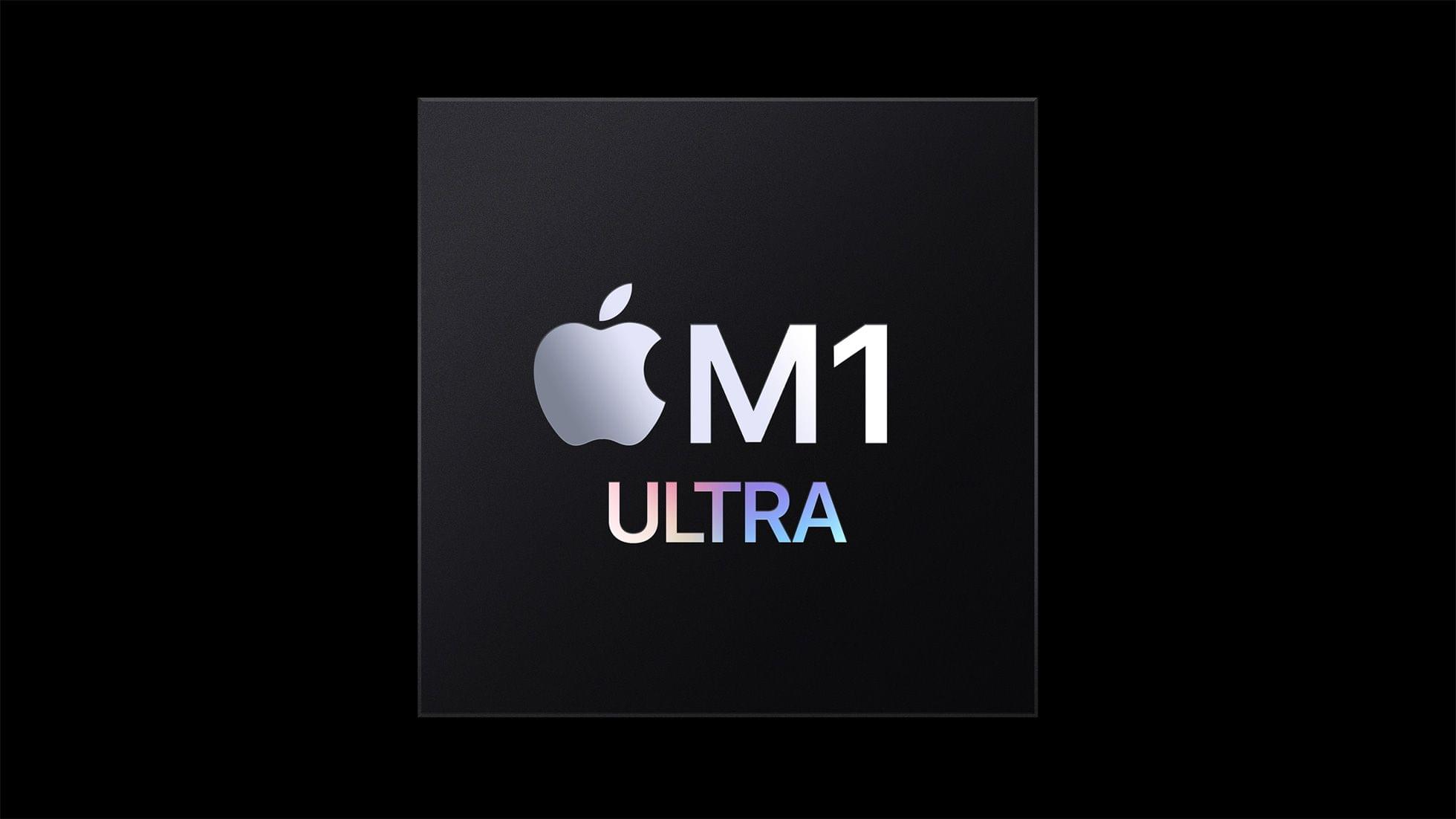
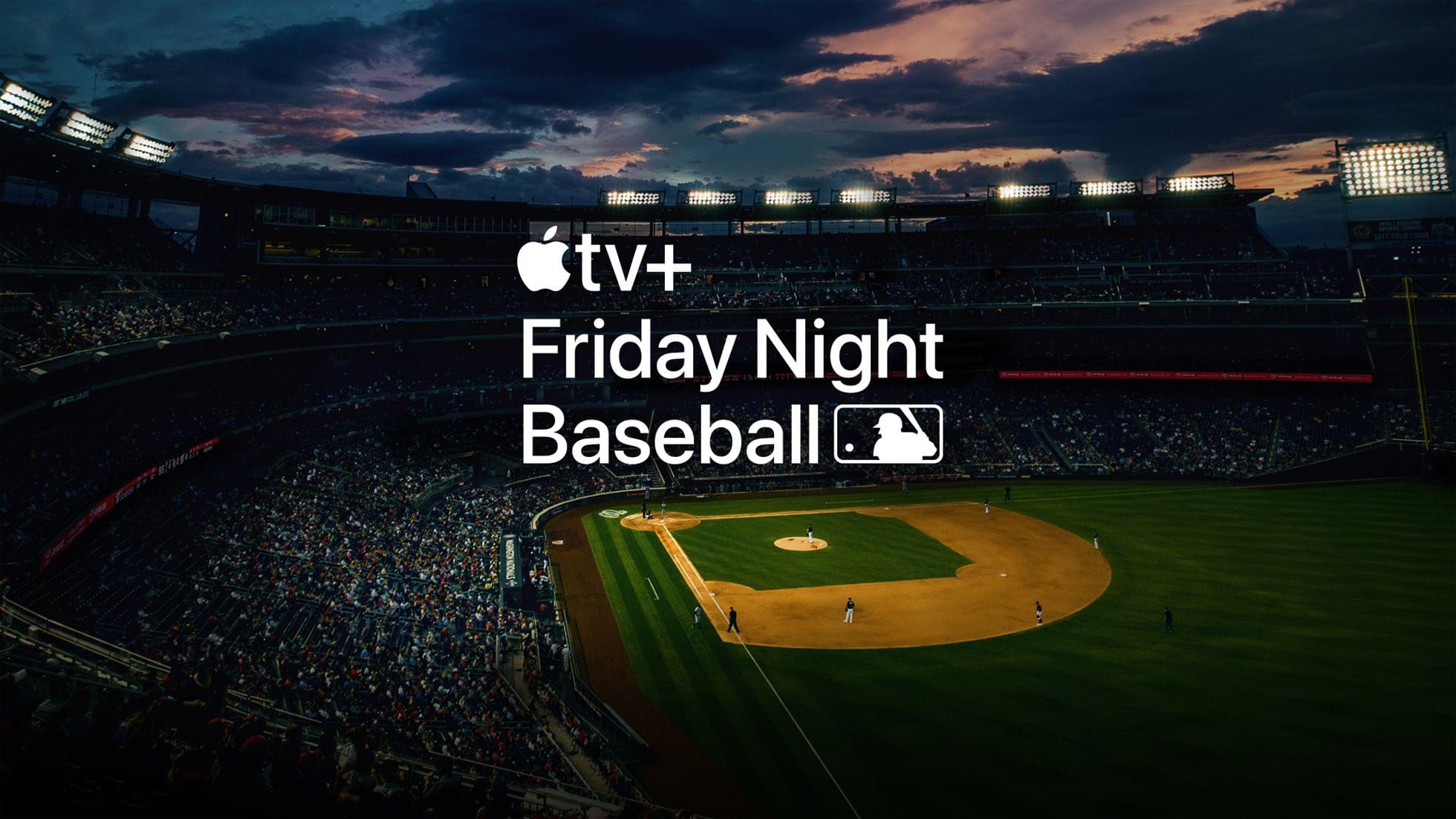
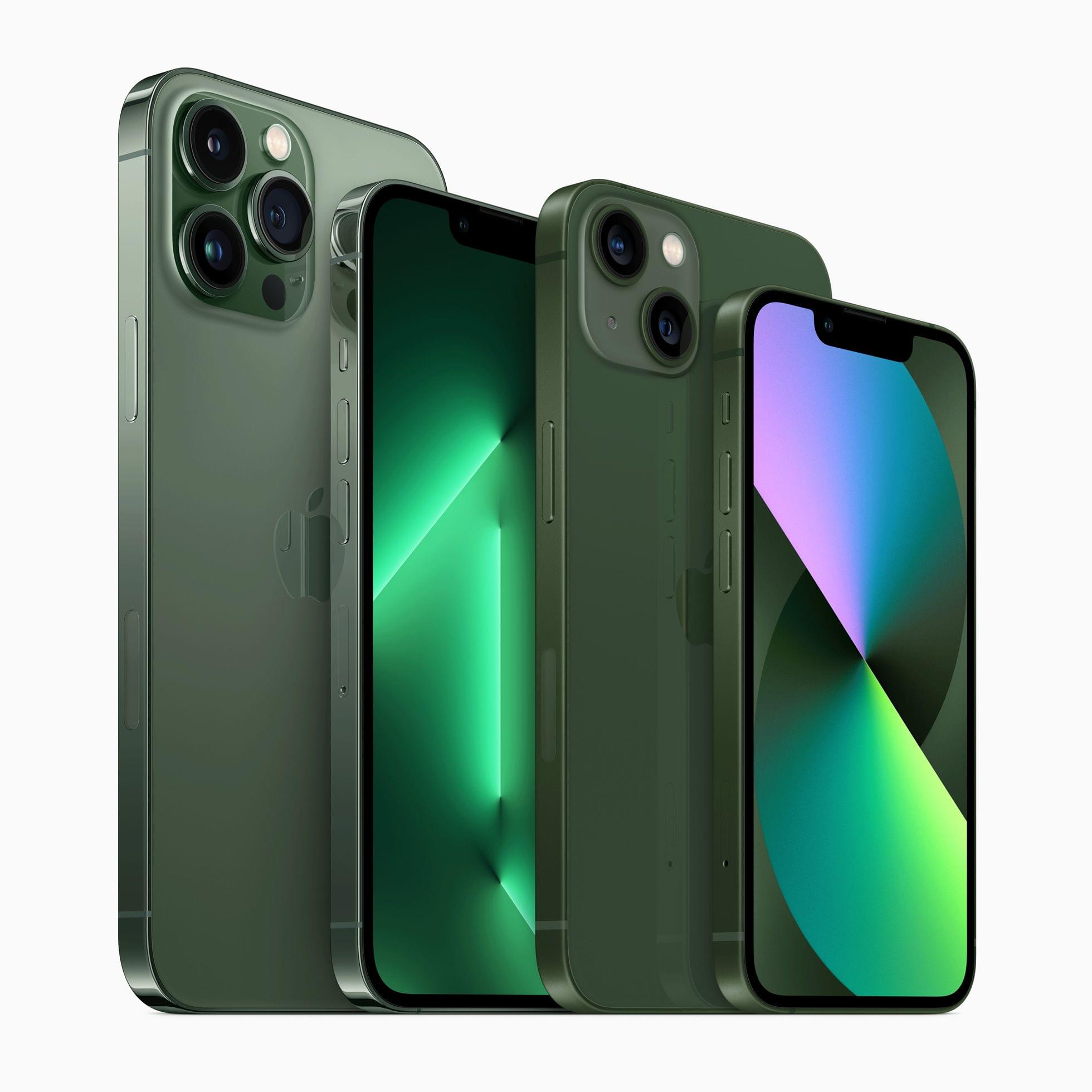
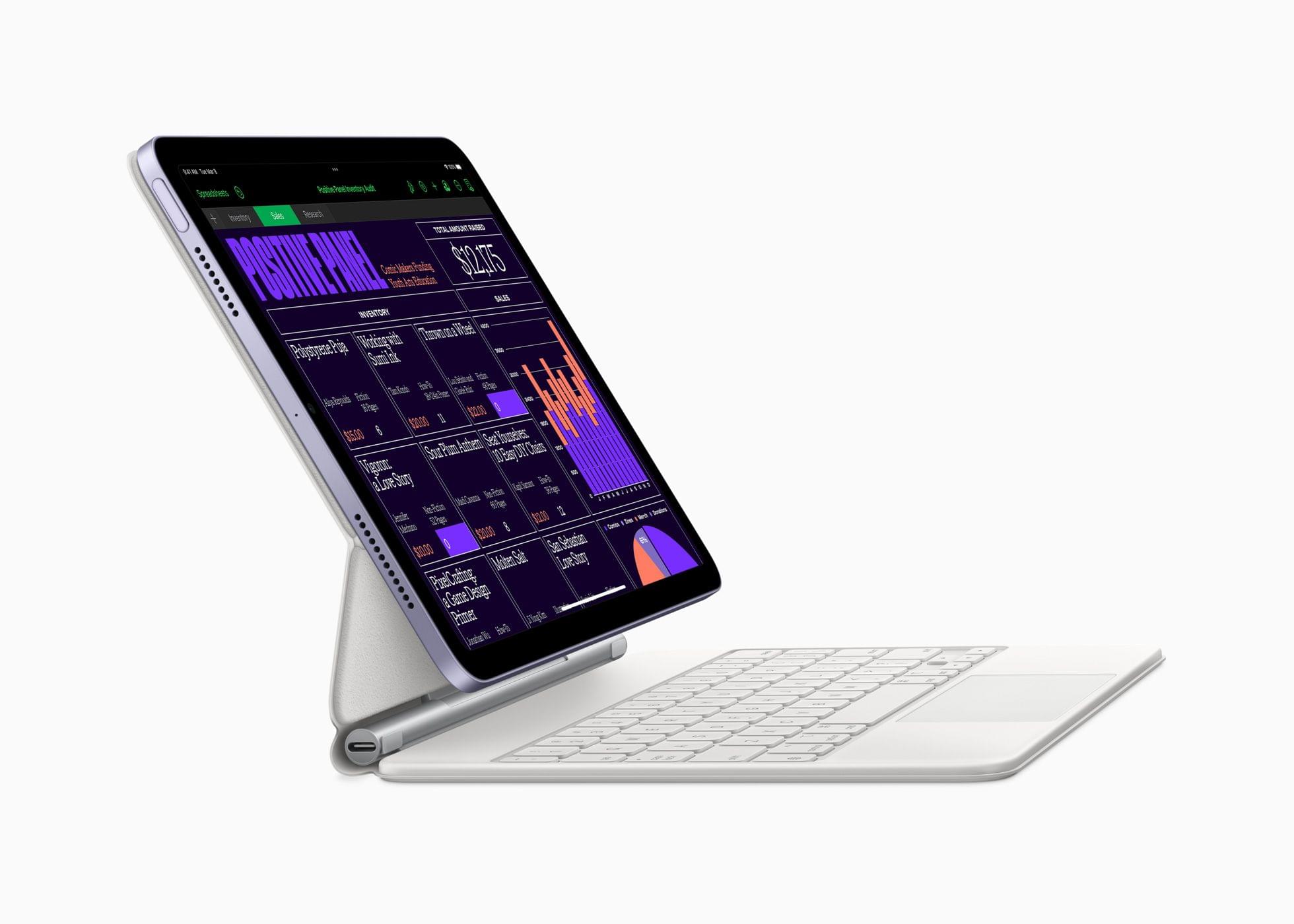
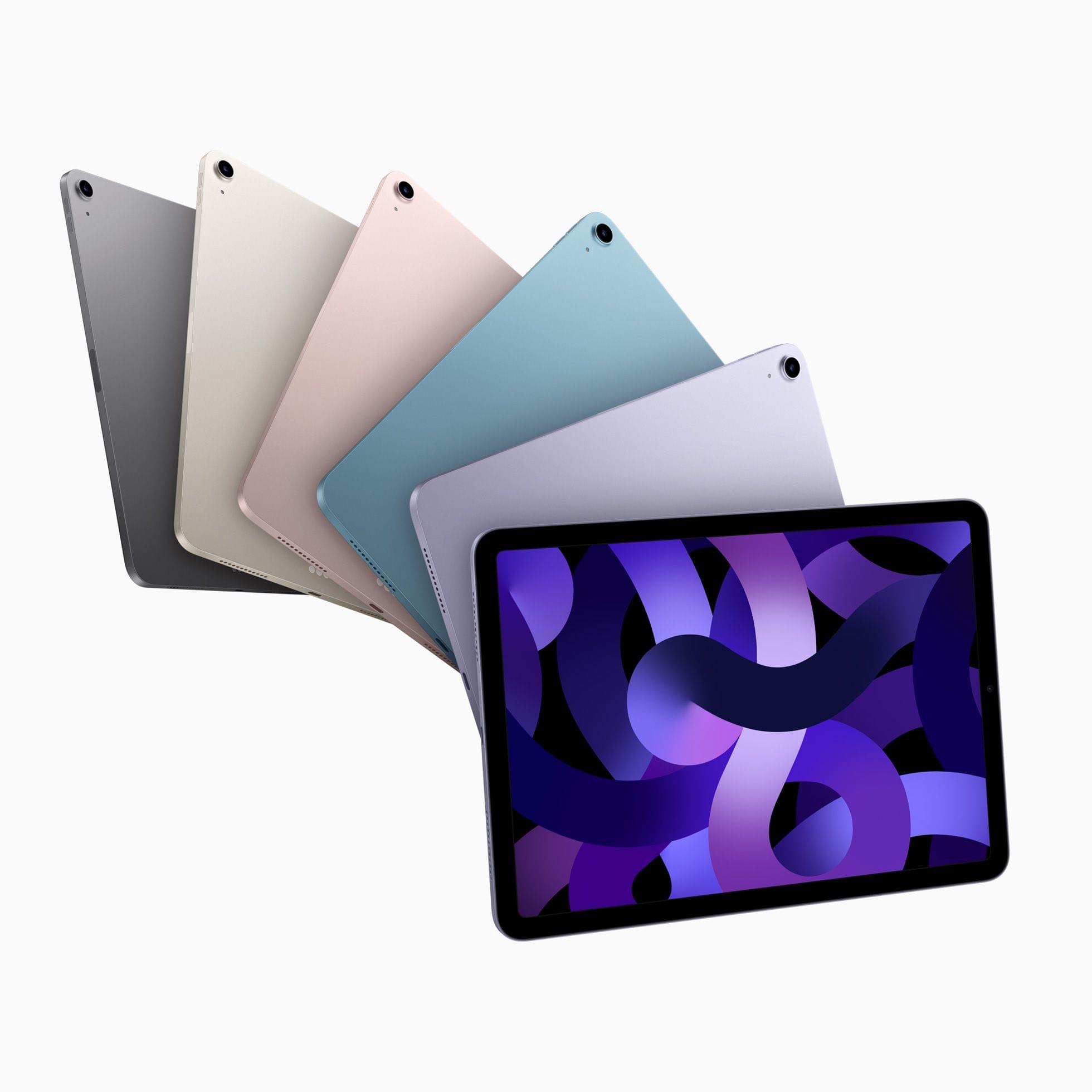
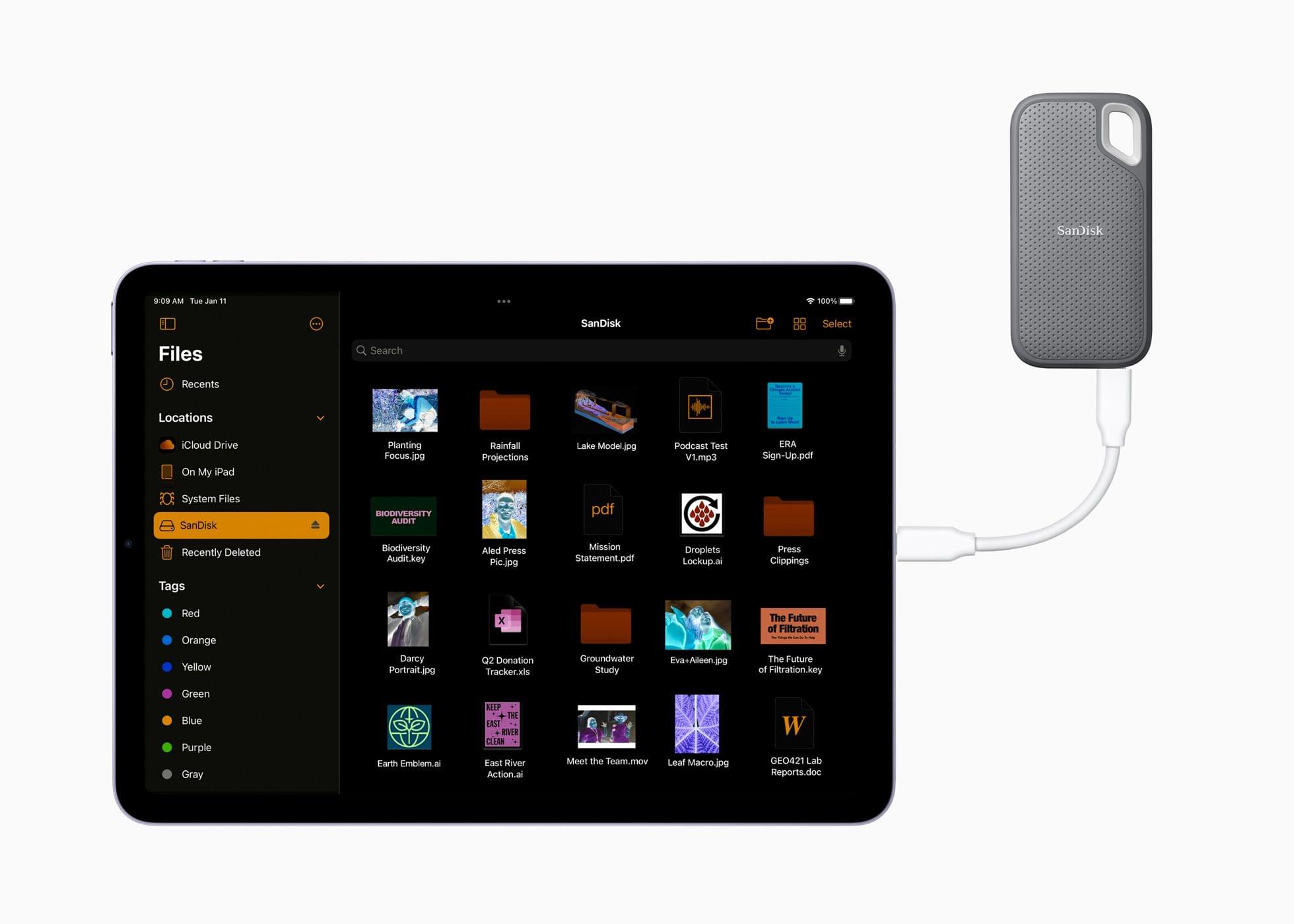

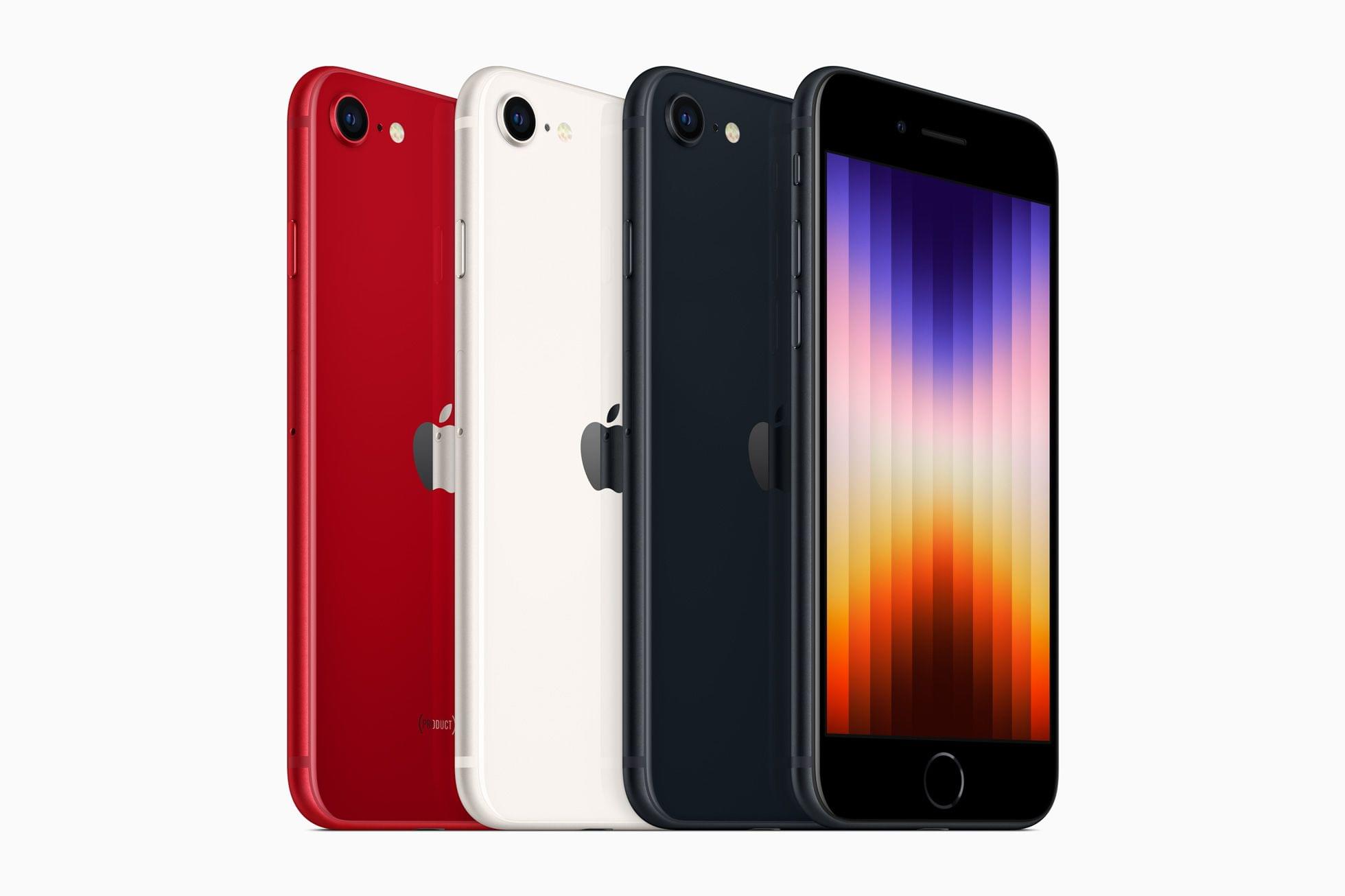
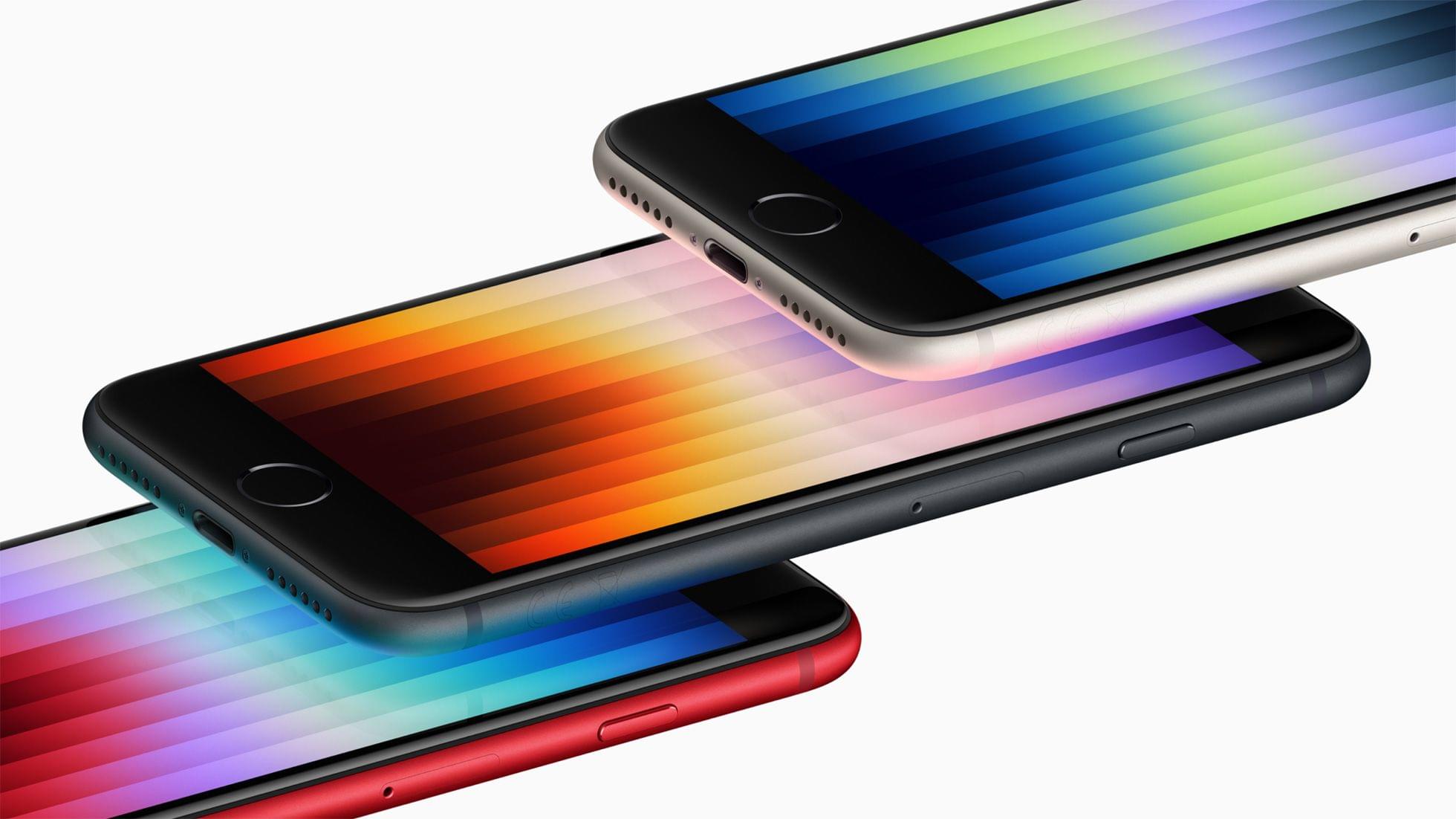


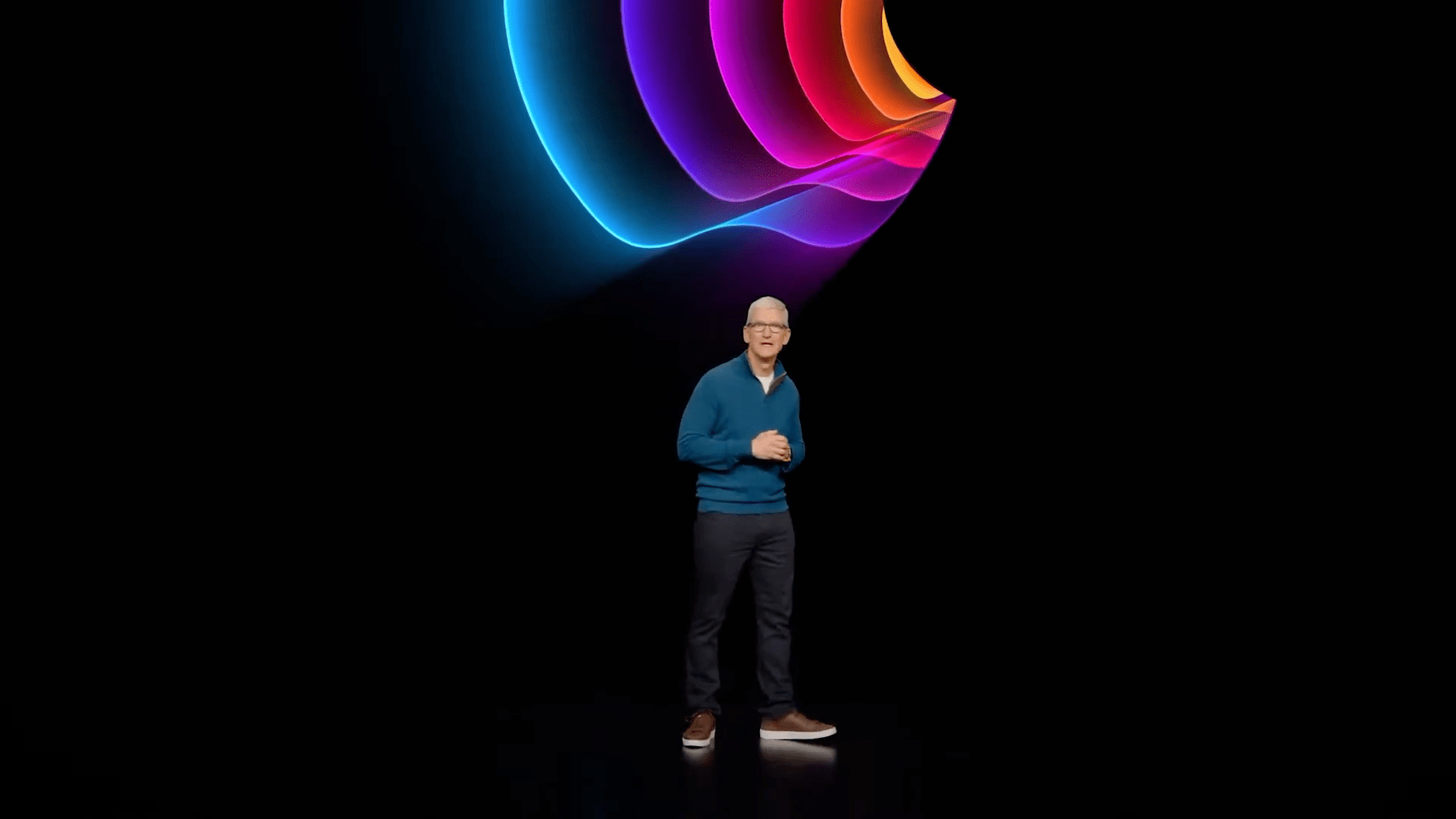







](https://cdn.macstories.net/banneras-1629219199428.png)